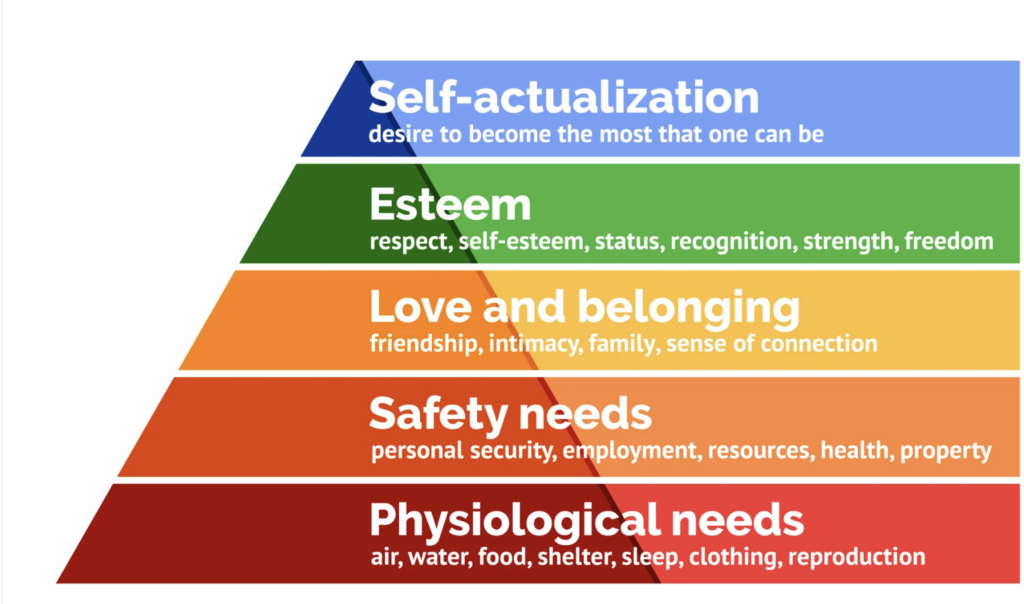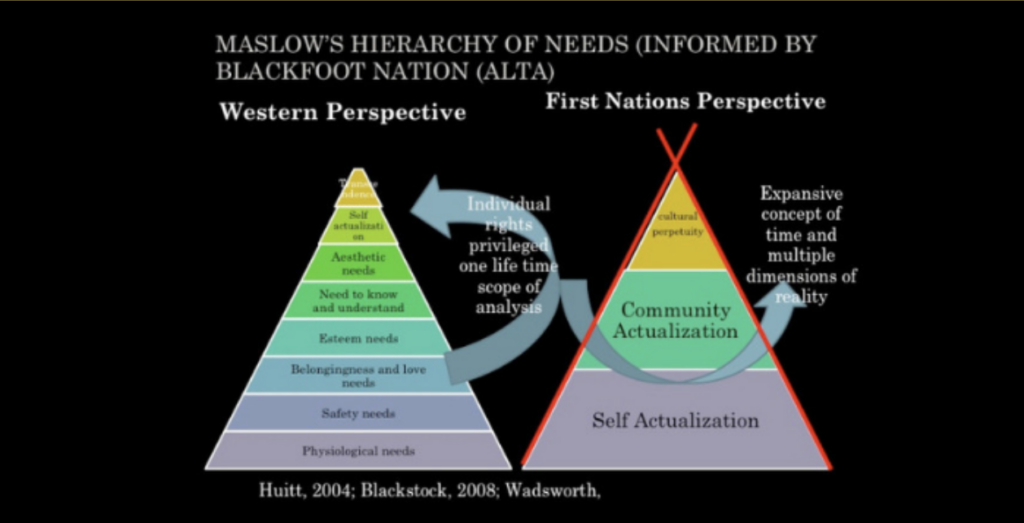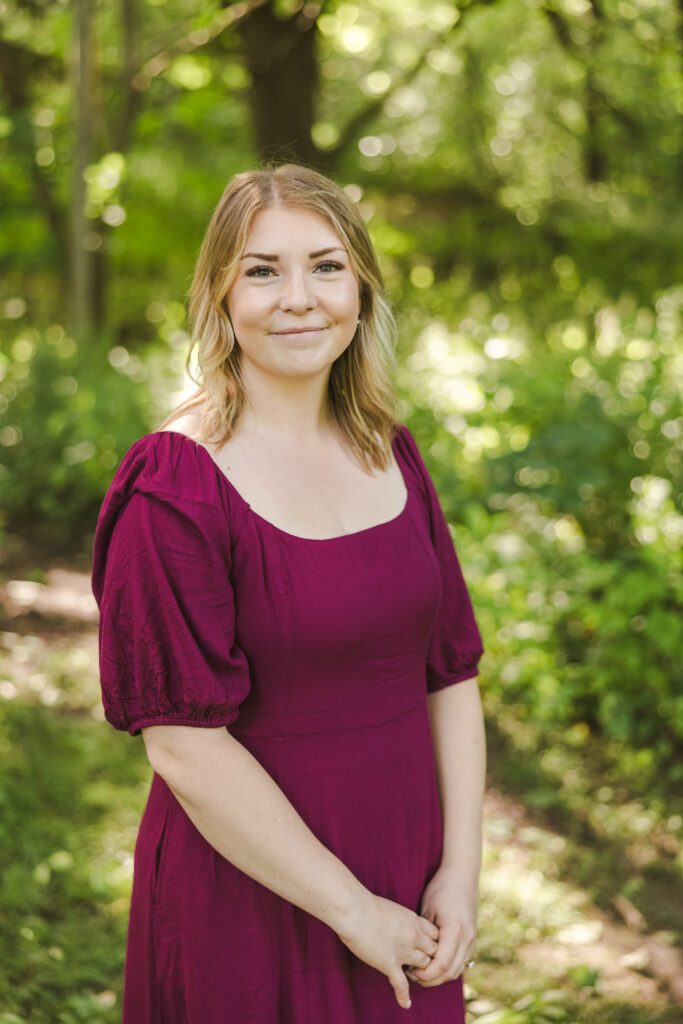Overall, this course has been very theoretical, and we touched on many different theories of development such as Erikson’s Stages Psychosocial of Development, Piaget’s Four Stages of Cognitive Development, and Bronfenbrenner’s Ecological System’s Theory. Each researcher has their strengths and arguments for why their theory supports child development the best but reading through them all, it is clear that development isn’t always (and often not) linear. These three theories interweave and overlap one another in different areas of people’s lives and my final paper for this course reflects that. I believe that development should be understood on a “case-by-case” basis and there is a huge piece of individuality to the process.
When considering development through frameworks like Erikson’s or Piaget’s that have more concrete timelines, it’s important to recognize that this can look very different for children with exceptionalities. I argue that education systems need to adopt developmentally appropriate practices that align with the unique developmental stage of each child, rather than rigidly adhering to their chronological age. For example, I’ve witnessed a situation where a child who was biologically 11 but developmentally at the level of a 2- or 3-year-old was placed in a grade 6 classroom and taught about the Holocaust in an attempt to be inclusive. While striving for inclusion is essential, it becomes an injustice to the student when they are expected to engage with material that they are not yet developmentally ready for. In this case, I believe the core principles of developmental theories were overlooked, and true inclusion was not understood, as it failed to recognize the child’s actual developmental needs and readiness.

This course also prompting me to deeply reflect on Maslow’s Hierarchy of Needs and how it connects to education. I believe most educators would agree that if a student’s basic needs are not met, it becomes nearly impossible for them to fully engage in the learning process. In my artifact, I touch on this idea, highlighting how a child needs a secure base at a young age to feel both physically safe and emotionally secure. While this secure base is often provided by a parent or guardian, I make the point that as children transition from home to school, teachers also play a crucial role in creating a secure environment. It is essential for us, as educators, to work toward establishing that sense of safety and stability to help all students thrive academically and emotionally.

The Blackfoot (Siksika) Nation’s worldview contrasts with Maslow’s hierarchy of needs by shifting the focus from prioritizing the individual to emphasizing the importance of cultural perpetuity. While Maslow’s model centers on personal development and self-actualization, the Blackfoot perspective teaches that individuals may be forgotten, but their role is to ensure that their people’s teachings and culture are preserved for future generations. This belief challenges the Western notion of linear growth and individual achievement, instead placing community and cultural continuity at the forefront. To me, this highlights that the growth of an individual is not solely for personal gain but for making a broader, more meaningful impact on others. It also emphasizes that each person’s journey is unique, shaped by their own path to discovering their identity, with the ultimate goal of contributing to the collective good of society.
If this course has taught me anything, it is to provide a more individualized approach, while also consulting families, community support workers and maybe even the child to ensure the proper needs are being met for that student so that they can develop appropriately at their own pace suited best to them and their communities in which they serve.
